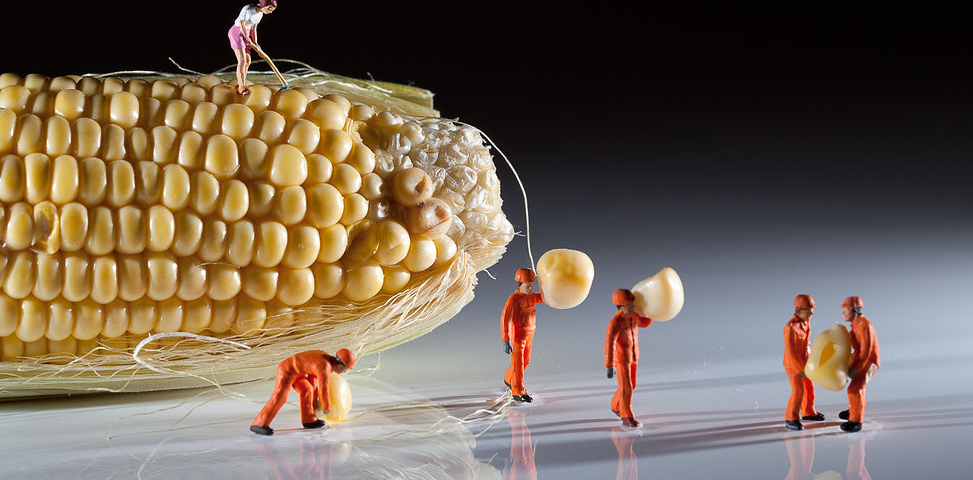Although many resources have been invested in research and development of biological materials for bioplastic production for decades, efforts have been successful in a small scale. PLA stands for polylactic acid, made from corn, is one of the first materials to achieve recognition. Nowadays, it is still an appropriate supplier material compared to traditional polymers.
From a modern point of view to barriers when replacing traditional plastic
The point of view about environmentally friendly technologies and future market changes are motivations for exploring the use of bioplastic. Everyone knows the problems related to petrochemical-based plastics and the plastics industry has been aware of biologically sourced polymers for more than a century. However, they did not see the wide application of bioplastic due to barriers of cost and scale production.
We believed that with the increasing awareness of climate change and changing needs of users from plastics, the bioplastic will receive a response from everyone. The term biobase refers to the origin of the material – typically from plants. Today, scientists can gain PLA not only from corn, but also sugar cane, seaweed and so on . This contrasts with petrochemical polymers, in which oil, gas or coal are raw materials. Biological polymers are not necessarily all biodegradable. Some, like PLA or PHA, can be biodegradable or decomposed under appropriate conditions. Other types, such as PE, cannot be biodegradable and thus people will need recycled to circulate their life cycle.
Types for biodegradable polymers, some can only decompose in industrial conditions, such as PLA. Existing facilities to restore PLA are now few and far away, leaving little choices but having to dispose of it at the recycling plant or burning. This is not ideal, but if the use of such polymers increases, appropriate waste management facilities may begin to increase. Other polymers may be incubated in domestic facilities and tend to be naturally occurring polymers such as starches. If they degrade under anaerobic conditions, such as in landfills, the products obtained are biogas, as opposed to carbon dioxide and water. Finally, research on their behavior in the marine environment or in soil is ongoing, but preliminary instructions for the PLA demonstrate that it has the same lifespan as non-degradable or biodegradable polymers.
Bioplastic is really the perfect solution?
There has been a lot of focus on polymer waste over the past few years, which has prompted interest in biological toxins. However, biobase does not mean biodegradable. Therefore, biological polymers should not be considered a complete solution for plastic waste but they still require strong waste management. Many of these bio-manufactured polymers have been studied in parallel with biofuel technology. Both of which have been developed to reduce carbon dioxide emissions associated with materials. When plants sequester carbon dioxide during photosynthesis, biological polymers have lower carbon emissions than petrochemical equivalents or substitutes.
It is worth mentioning that currently it is not neutral or negative. because energy is needed for polymerization, processing, distribution and recovery, and our current energy mix is dominated by fossil fuels. Changing our energy into renewable energy will lead to zero carbon dioxide emissions in the life cycle of bio-manufactured polymers. Products advertised as biodegradable do not fully meet their requirements. Because even bio-manufactured polymers do not disappear overnight. They can take five years, or inside organic fertilizer. Because many composting facilities will not take these materials and they leave the remaining plastic fragments in compost, which consumers will not like in their gardens.
After a lot of effort, although there are some positive applications with bioplastic, is it a complete alternative to traditional plastics? Probably not. That is what makes many manufacturers not rush to switch to use it. However, we absolutely have the right to hope for future advances in science as they create a superior bioplastic material.

